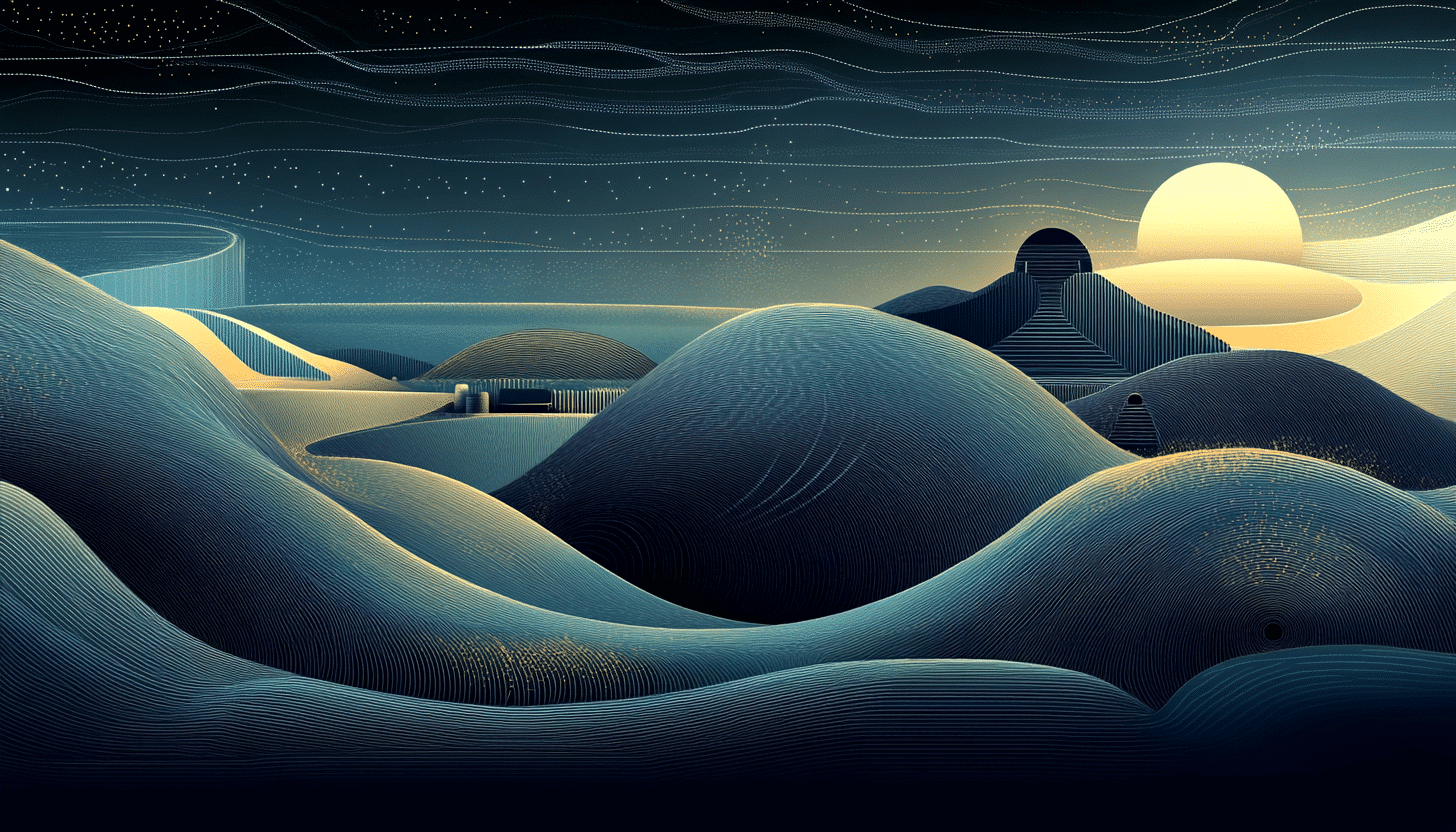What is World Disclosure Day?
World Disclosure Day is held every year on July 8 and is celebrated worldwide. It was invented by conspiracy theorists who claim that governments have long been hiding the existence of aliens, secret space programs, and advanced extraterrestrial technology. These are not theories backed by science or credible evidence. Supporters point to recycled internet rumors, blurred photographs, anonymous “insiders,” and decades-old military reports as if they prove something extraordinary. The day is firmly rooted in fantasy, speculation, and a deep distrust of anything official.
From claims that alien spacecraft are hidden in underground bunkers to stories about presidents meeting non-human beings, nothing is too far-fetched. According to the believers, almost every major global event is somehow linked to a cosmic cover-up. For anyone outside the conspiracy bubble, this day is a yearly display of how misinformation, science fiction, and distrust can blend into an alternative reality.
History and Origin
World Disclosure Day was created by Stephen Bassett, a professional UFO lobbyist and founder of the Paradigm Research Group. His mission is to convince the world that governments are actively covering up alien contact. The chosen date, July 8, refers to the infamous 1947 Roswell incident, when a weather balloon crash was wrongly reported as a “flying disc” before being corrected a day later. This minor historical error has become the cornerstone of decades of conspiracy lore.
Since then, a growing online subculture has embraced the idea that we are all being lied to. The day has no official status, no scientific basis, and no support from any credible institutions. Its origin is not a call for truth, but a product of belief systems built on distrust, circular logic, and speculative entertainment.
Who participates in World Disclosure Day?
- Conspiracy followers: People who believe aliens have visited Earth and world governments are hiding it.
- Online influencers: Content creators who monetize sensational claims with no factual backing.
- Self-declared whistleblowers: Individuals with unverifiable stories and no documented proof.
- Alternative media channels: Platforms that reject mainstream science and promote endless speculation.
- Curious spectators: Viewers drawn in by the spectacle, not by evidence.
Slogans and Themes
Slogans like “They are already here,” “Disclosure now,” and “The truth is out there” are common on this day. The themes are always the same: distrust the government, reject all official explanations, and accept extraordinary claims without extraordinary proof. The language is dramatic, the tone urgent, and the evidence nonexistent.
Colors, Symbols, and Patterns
Colors
- Black: Represents secrecy and conspiracy.
- Silver: Evokes sci-fi tropes and imaginary alien tech.
- Dark blue: Used to suggest mystery and official denial.
Symbols
- Flying saucers: Taken straight from 1950s pop culture, used as serious “evidence.”
- Big-eyed alien faces: Cartoon-like depictions treated as real.
- Redacted files: Used to imply hidden truth, though usually lacking context.
Patterns
- Radar sweeps: Suggest monitoring by unknown forces.
- Coded signals: Appear meaningful but are usually invented.
- Cosmic backdrops: Designed to give visual weight to empty claims.
Most Used Hashtags
- #WorldDisclosureDay
- #TruthEmbargo
- #UFOCoverup
- #DisclosureNow
- #AlienSecrets
How do you celebrate World Disclosure Day?
- Share wild claims: Post about alien meetings, energy weapons, or interstellar pacts.
- Watch conspiracy videos: Tune in to YouTube channels that turn hearsay into “truth.”
- Join online forums: Engage in discussions where disbelief is discouraged and skepticism is banned.
- Ignore official sources: The more credible the denial, the more believers think it’s true.
- Declare “this is the year”: Just like last year. And the year before that.
Why is World Disclosure Day important?
World Disclosure Day is a case study in how conspiracy culture works. It shows how distrust, repetition, and emotional storytelling can create powerful myths that feel true to some, even when nothing backs them up. It also highlights the dangers of abandoning evidence-based thinking. What began as entertainment or curiosity has turned into a movement that refuses to question itself, no matter how many times its predictions fall flat. The day does not bring truth. It brings noise.
Features
Contact Info
July 8: Disclosure Day
Why do you keep falling for the same type?
Read the article Lovemaps: the hidden blueprint of our love.

